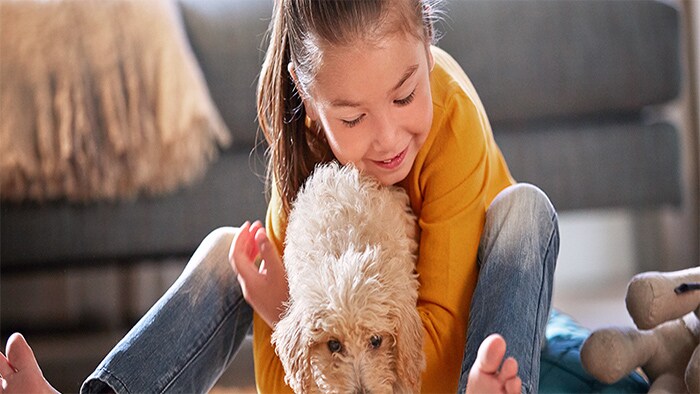Tips for Managing Common Asthma Triggers
If you or your child have asthma, you probably know the feeling all too well: you're doing fine—and then you encounter something that sets off your symptoms. Suddenly, you're wheezing, short of breath, and reaching for your asthma inhaler. Whether it’s the cold weather, pet dander, or a cold or the flu, people react differently to asthma triggers. Below are several common and seasonal triggers, along with practical tips for reducing you or your child’s exposure to them.
Allergic triggers
When you or your child have allergies, the same substances that can cause an allergic reaction may also set off asthma symptoms as well. Examples of allergic triggers include:

Allergic triggers
When you or your child have allergies, the same substances that can cause an allergic reaction may also set off asthma symptoms as well. Examples of allergic triggers include:

Other triggers:
Other things that may irritate you or your child’s airways and trigger asthma include:





Have a game plan
Unfortunately, you or your child can't completely avoid every trigger. So, you should be prepared to know what to do if you or your child’s asthma symptoms starts flaring up. The doctor may advise you or your child to use an asthma rescue inhaler or another breathing treatment, such as a nebulizer. (Inhalers are small devices used to breathe medication straight into your lungs. Nebulizers are machines used to inhale medication in mist form.) Ask the doctor for a written asthma action plan. It should outline the steps in you or your child’s asthma treatment that can help keep symptoms from getting worse. That includes both knowing asthma triggers, personal best peak flow and when to take any asthma medication you or your child may need.
References:
1. “Mould and Damp.” Asthma UK, 2020, www.asthma.org.uk/advice/triggers/moulds-and-fungi/ Accessed 16 Nov. 2020. 2. “Air Pollution and Asthma.” Asthma UK, 2020, www.asthma.org.uk/advice/triggers/pollution/. Accessed 25 Jan. 2021. 3. "Indoor Environment.” Asthma UK, 2020, www.asthma.org.uk/advice/triggers/indoor-environment/ Accessed, 16. Nov. 2020. 4. “Weather”. Asthma UK, 2020, www.asthma.org.uk/advice/triggers/weather/. Accessed 16 Nov. 2020. 5. “Colds & Flu.” Asthma UK, 2020, www.asthma.org.uk/advice/triggers/colds-and-flu/. Accessed 16 Nov. 2020. 6. “Asthma and Exercise.” Asthma & Allergy Network, 2020, www.allergyasthmanetwork.org/what-is-asthma/asthma-exercise/. Accessed 17 Nov. 2020. 7. “Allergy to Dust Mites.” Asthma UK, 2020, www.allergyasthmanetwork.org/allergies/allergy-to-dust-mites/. Accessed 17 Nov. 2020. 8. "Animals and Pets.” Asthma Uk, 2020, www.asthma.org.uk/advice/triggers/animals-and-pets/. Accessed 17 Nov. 2020.


